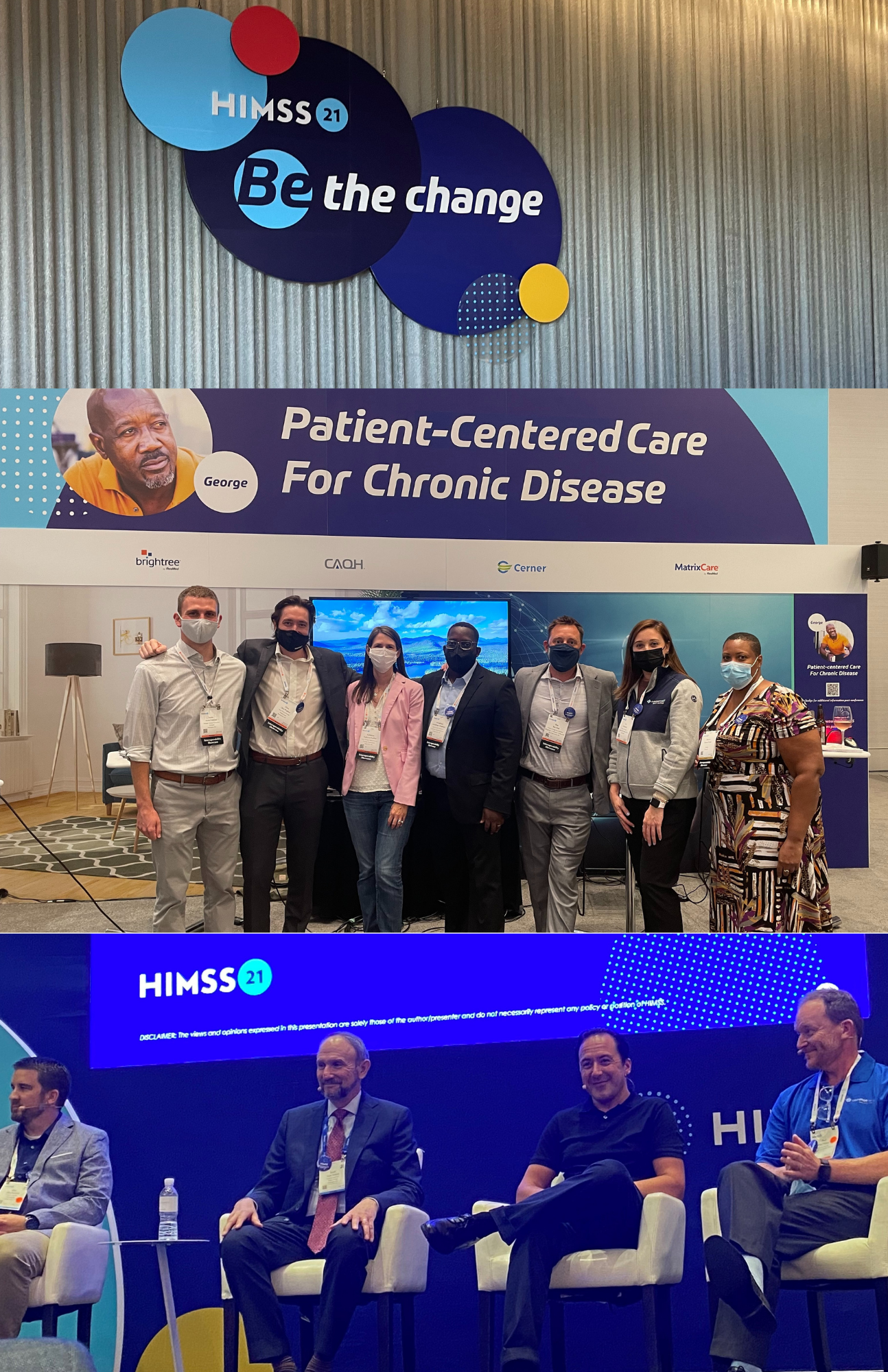
“I survived HIMSS21.”
That was the T-shirt I expected to find on every street corner of Las Vegas.
Between the Delta variant surge alerts, the excruciating desert heat, and the discomfort (albeit appropriate and necessary) of all-day face masks, HIMSS21 was a game of wills at times. That being said, it also was one of the more high-touch, brain-stimulating conferences I have attended.
The conversations were on point. The attendees were engaged. The topics were, well, topical.
As my plane took off from Las Vegas, I reflected on the week. My internal dialog went something like this: what is different, what is the same, and what should we do next?
Let’s start with: what’s the same?
Health care and, specifically, health care interoperability is still a work in progress, and it is still hard.
There are many, many stories we all share to prove it is still hard. In the end, the consistent observation is that a fair amount of the difficulty is due to the quality of the data.
- Bad demographics -> bad record matching across providers.
- Poorly coded data -> poorly performing clinical decision support tools.
- Bad data in now -> potential chaos later.
If you need real world examples of the butterfly effect, look no further to health data and interoperability.
So, what is different?
My biggest observation is health care interoperability is well beyond critical mass, and we are getting better at bringing along the final tier of participants.
Two years ago, we were approaching a tipping point with about a fifth of the United States’ provider sites connected to the CommonWell network, and about half or so covered through other networks or frameworks. Today, almost everyone is connected. And for those EHRs and providers not connected to CommonWell or something similar, they are working to connect; my meeting schedule at HIMSS with prospective new Members proved this.
The “oldie but goodie” technology adoption lifecycle provides a great framing. A former colleague of mine, Elise Kohl-Grant, did a great HIMSS presentation on data analysis, investments, and adoption of new technologies in behavioral health. She highlighted adoption curves, and it occurred to me we might have reached the laggard phase of EHR adoption for health IT interoperability. We are well passed innovators and early adopters. We are even passed the early majority. With how much adoption we have now, if you aren’t connected already, you are a laggard.
Please don’t take the term “laggard” negatively; there is no ill will intended. Laggards are discerning, deliberate and observant; they just need a little extra proof and time.
Welcome to the interop ride! It is never too late to come aboard.
What can we do better?
We can speak up louder, act faster and empower people and providers to improve, adopt and promote ubiquitous health data exchange.
First and foremost, as mentioned earlier, data quality still needs improvement.
Fortunately, I have a simple suggestion to get the ball rolling: “if you see something, say something”. Be polite about it, but not so polite you “let it pass.”
I’ve seen many well intentioned people accused of data blocking when, in reality, they are the biggest supporters of health data exchange. People make mistakes. They can forget to complete things. They may not know it is broken.
Second, to my fellow patients, take control of your health data. We are all empowered to be an advocate for our own health and to take charge of our health data. If something is not working or is wrong, ask for it to be corrected.
It is YOUR health data. Go get it. Make sure it is correct. Make sure your data makes sense to you. Challenge what doesn’t. Again, be nice, but yell when you have to. I have found more mistakes in my data then I care to admit. The more we interact with our data, the more our clinicians will appreciate how much we need it to be accurate, complete and interoperable so we can be partners in our own care.
And to the providers, be aware of data mistakes and how they can impact things now and may in the future. Missing a decimal point on a prescription can be deadly. Recording the wrong blood pressure on a hypertensive patient could be life altering. Misfiling a diagnosis could be costly.
As I stated in the beginning, we all hear many stories of how hard data access is. However, more and more I am hearing about people benefiting from better data quality and better data exchange.
Most people in this country will be cared for by more than a dozen providers in their lifetime. We need those providers connected to each other; we need data to flow between them seamlessly; and we need the data to be complete and accurate.
It is possible. I see it working every day. Keep up the good work and keep telling your health stories, particularly when it comes to #InteropDoneRight. I promise I am listening and learning with each story I hear.
